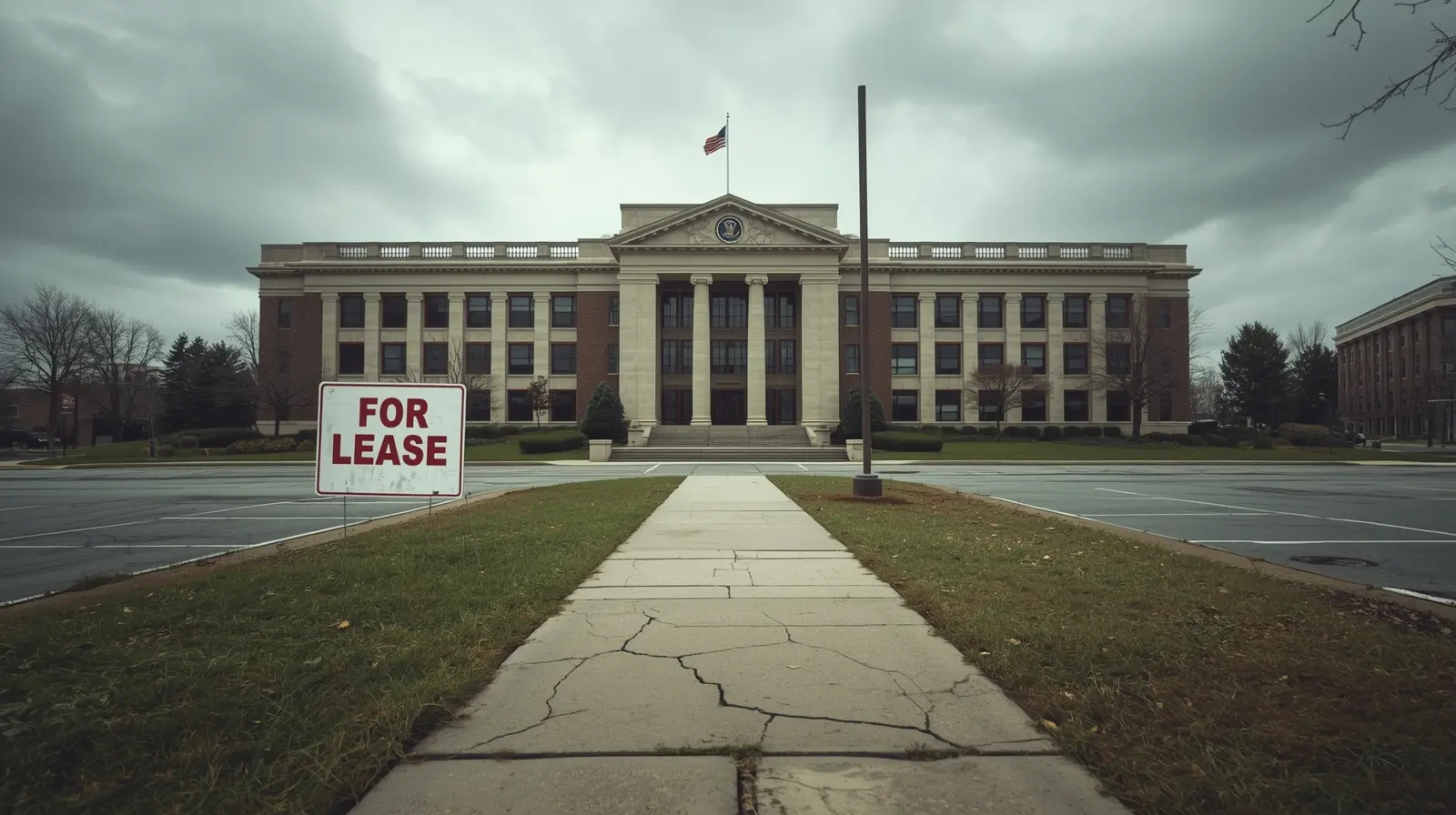
Boeing’s Return to Partial Certification Authority
Boeing has started a new chapter in its history after receiving renewed authority to certify certain 737 Max and 787 Dreamliners as airworthy. This authority has been granted in a limited manner and under close supervision by the FAA. This is a huge difference from the prior situation, where Boeing was robbed of this authority due to contiuous quality control problems. The FAA is cautiously restoring this authority after 18 months of intensive supervision.
Delegated authority is common in the manufacturers-regulators relationship, where manufacturers take on certain control tasks, including airworthiness certificates, under supervision. Boeing lost this authority after quality and safety control problems in the 737 Max, and for 787 Dreamliners a few years later.
The Loss of Delegated Authority
Boeing lost the privilege of self-certifying the airworthiness of 737 Max after the two disastrous accidents with 737 Max. This was due to the FAA’s conclusion that Boeing’s risk management and system oversight was deeply flawed. Boeing also lost self-certification for 787 Dreamliners after production flaws, especially in the later years.
Boeing has been facing consistent damage control ever since the first 737 Max accident. In January 2024, another 737 Max again made a blowout loss of a door plug midflight, which caused even greater loss of trust towards Boeing’s quality control. This triggered another government probe towards Boeing’s quality practices, particularly concerning the production of 787 Dreamliners. 787 Dreamliners quality assurance has been a major concern ever since, with the need for Boeing safety protocol improvements pressed on all models.
Due to these pressures, Boeing had to take on internal reforms. This included promises to improve their “safety culture, quality assurances, manufacturing discipline, and oversight”.
What the New Arrangement Entails
Even with reestablished authority, control has not been returned to Boeing fully, and there are new arrangements in place. Boeing and the FAA have a schedule with certifications. Boeing will be certifying the airworthiness of their planes for two weeks in a row and the FAA will be certifying their planes for the two weeks after that.
The FAA will keep direct control of the production lines, and Boeing will have to show improvements for the new arrangements to continue.
The FAA articulated as such:
“Safety drives everything we do, and the FAA will only allow this step forward because we are confident it can be done safely.”
“This decision follows a thorough review of Boeing’s ongoing production quality and will allow our inspectors to focus additional surveillance in the production process.”
Boeing’s Road to Redemption
Boeing has transitioned to a new phase of regulatory compliance thanks to the imposition of stakeholder expectations benchmarks as opposed to compliance to the previous imposition of regulatory requirements. Negative stakeholder feedback has placed Boeing in a position where it must proactively advocate for self- identified improvements of their supply chain to assert compliance.
Boeing’s legal position following the global 737- which claimed the lives of 346 passengers and resulted in the fatal 737 Max crashes, as well as the decision to keep the criminal case which was later exposed as a case of enforcement- has left the company with improvements to deliver.Boeing’s future focuses on the ability to keep positive changes over a period, coupled with ensuring internal culture and processes meet the highest safety expectations in the world, foremost concerning the 787 Dreamliner’s safety.
Significance of the 787 Dreamliner
787 Dreamliners is one of the most technologically advanced models in the wide-body jets series. Airlines rely on them for long-haul flights because of their fuel efficiency and passenger comfort. 787 Dreamliners are burning a lot of trust with clients.
With the 787 Dreamliners, Boeing is working with complex systems and advanced materials, and while other planes in the series have simpler systems, production mistakes with the 787 Dreamliner could have a lot bigger consequences. Boeing’s obtaining 787 models restoration certification production rights is a positive step toward the company’s production capabilities.
Closing safety gaps and preserving compliance in order to avoid the consequences of losing certification are equally important. The company’s commercial priorities coupled with the trust major carriers place on them, create a unique situation with increased risk in comparison to other models in the series. The consequences of restricted compliance are particularly high.
What This Means for Airlines, Passengers, and Boeing
For Airlines
Airlines waiting for new 787 Dreamliners to expand or upgrade their long-haul fleets will probably see this news as positive. Self-certification as one of the new regulatory options will likely expedite new aircraft approvals, assuming Boeing meets all parameters. Still, airlines will expect transparency, audits, and quality that FIFO (First in, First out) governing and quality control will meet FAA standards.
For Passengers
From this perspective, we can be more lenient when thinking about passengers. This is a cautious but positive outlook for the new rules. Because the FAA is still in charge of the process, Boeing has to be very careful. The FAA will implement new procedures for the gaps they have identified to fix. For passengers, your safety is the most important thing, and the safety on the 787’s, even the flagship 787 Dreamliners model and the other 10 in the series, should give you some confidence. The ongoing oversight is to make sure every 787 Dreamliners is a plane you can be proud to fly.
For Boeing
For folks at Boeing, this is a second opportunity they cannot take for granted. The new process and FAA oversight will be the new norm as they open the doors to the new regulatory regime, which they will pilot, consistently open. The FAA will ease regulatory control and recover full privileges of self-certification. Over time, they will integrate it to other model lines.
Risks and Watch Points
Inconsistent Compliance: Boeing must resist lapses or shortcuts—any regression could lead to immediate revocation.
New disclosures about internal weaknesses regarding 787 Dreamliners may start to chip away at trust.
If Congress or outside auditors question the FAA, the political backlash may become inevitable.
Aircraft buyers may continue to show hesitance until reliability is proven over several certification cycles.

Future Outlook
In the coming months to years, Boeing will be closely scrutinized. Each newly certified 787 Dreamliner and 787 Dreamliners Max will be a litmus test on whether Boeing’s culture has moved on from its mistakes or whether old ghosts will return.
Several things are going to need to be in place so Boeing can reach the level of trust that will be so important to the future of the company.
- First is the need for open communication and transparency: be open about the audit results and the internal controls that have been or will be taken.
- Second, continual external supervision must be maintained, and the FAA must be embedded in the quality control process.
- Third, the company culture must deviate from a punitive atmosphere so that employees can safely voice issues.
Finally, all stakeholders at every level must be held accountable for control deviations.
Rebuilding trust could be one of the most important events in the history of Boeing. Boeing will reclaim its place in the industry and the trust of the public by recertifying the 787 Dreamliners as safe.
Reference Website: https://edition.cnn.com/2025/09/26/business/boeing-faa-certification
Read More Article : bizrush.co




